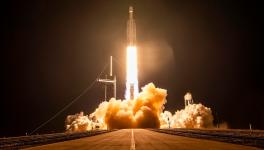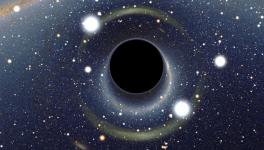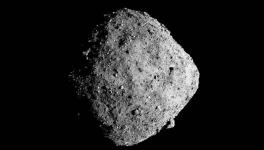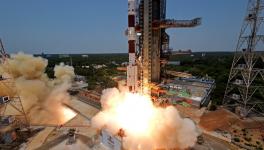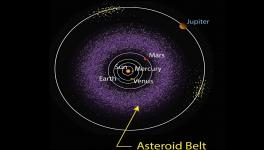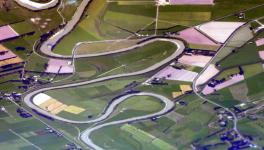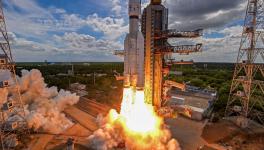Booting Out a Monster Black Hole from its Home
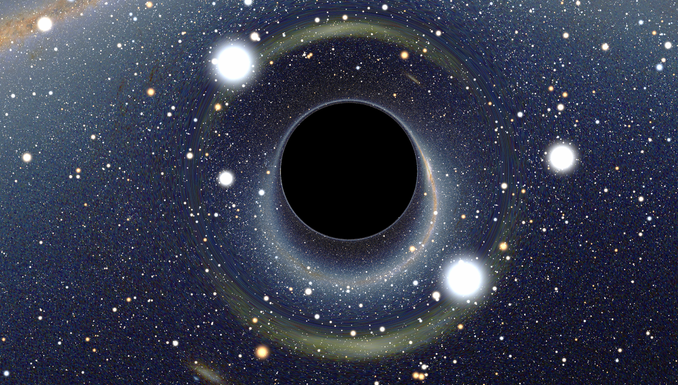
Black Hole, Image Courtesy: wikimedia.org
NASA's Hubble Space Telescope, has detected a massive black hole weighing more than 1 billion suns travelling from its home galaxy towards us. This is the largest black hole ever detected. It is unusual because it is not at the centre of its home galaxy, 3C186, as black holes usually are, but travelling out of its galaxy towards us. From the speed of the gases travelling along with the blackhole, the astronomers calculated its speed. It is moving at a speed 4.7 million miles per hour or 1% the speed of light. At this speed, it would travel from Earth to the moon in just three minutes. Of course, there is no cause for worry: it is still a good 8 billion light years away from us!
Why is this particular black hole behaving this way, unlike other well-behaved blackholes that generally sit at the centre of galaxies, gobbling up the few odd stars that come close to them? The leader of the team that found the travelling blackhole, Marco Chiaberge of the Space Telescope Science Institute (STScI) and Johns Hopkins University, believes that their data and analysis confirms the hypothesis that gravitational waves, following the merger of two black holes, kicked this particular blackhole out of the centre of its galaxy.
Chiaberge's team found a bright quasar, the energetic signature of a black hole, residing far from its usual place, the core of its galaxy. Black holes are not observed directly, but provide the energy source for quasars, which can be detected from the intense radiation they emit. Quasars emit radiation that can outshine even an entire galaxy. Chiaberge said, "I was anticipating seeing a lot of merging galaxies, and I was expecting to see messy host galaxies around the quasars, but I wasn't really expecting to see a quasar that was clearly offset from the core of a regularly shaped galaxy...Black holes reside in the centre of galaxies, so it's unusual to see a quasar not in the centre."
Chiaberge's paper will appear in the March 30 issue of Astronomy & Astrophysics.
The Hubble image found evidence that suggests that the 3C 186 system and another galaxy, each with a central, massive black hole may have merged. The researchers developed a scenario to explain how a black hole could be expelled from its central home by the effect of imbalanced gravitational waves in such a merger. The researchers are lucky to have caught this unique event because not every black-hole merger produces imbalanced gravitational waves that propel a black hole in the opposite direction. "This asymmetry depends on properties such as the mass and the relative orientation of the back holes' rotation axes before the merger," said team member Colin Norman of STScI and Johns Hopkins University. "That's why these objects are so rare."
First predicted by Albert Einstein, gravitational waves are ripples in space that are created when two massive objects collide. The Laser Interferometer Gravitational-Wave Observatory (LIGO) detected evidence of such gravitational waves from the merger of two stellar-mass black holes, which are several times more massive than the sun.
Get the latest reports & analysis with people's perspective on Protests, movements & deep analytical videos, discussions of the current affairs in your Telegram app. Subscribe to NewsClick's Telegram channel & get Real-Time updates on stories, as they get published on our website.









